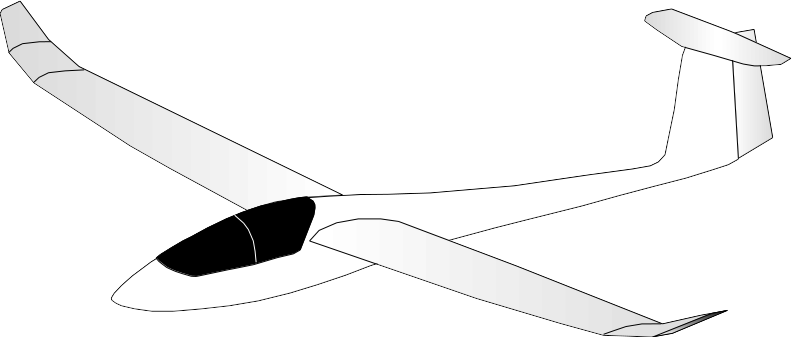General description
XFLR5 is an analysis tool for airfoils, wings and planes operating at low Reynolds Numbers. It includes:
- XFoil's Direct and Inverse analysis capabilities
- Wing design and analysis capabilities based on the Lifiting Line Theory, on the Vortex Lattice Method, and on a 3D Panel Method
flow5 v7.01, which is the next version of both xflr5 and sail7, has been released in beta status on December 1st, 2019.
Documentation
General
Radio Controlled Soaring Digest 2008-02 : Francesco's great article to get started with XFLR5
Results_vs_Prediction.pdf: A comparison of performance measurements to XFLR5 results
XFLR5_Mode_Measurements.pdf: A comparison of stability measurements to XFLR5 results
Point_Out_Of_Flight_Envelope.pdf : The detailed explanation and fix for the error message "Point is out of the flight envelope"
XFLR5_and_Stability_analysis.pdf : My very personal view of stability analysis
Theoretical background
Part I: Theoretical overview
Part II: The inviscid problem_rev1.1
Part III: The viscous flow_rev1.2
Part IV: Limitations and shortcomings
French documentation
Survol_Bases_Aero_et_XFLR5.pdf : Bases aérodynamiques pour l'utilisation de XFLR5
Guide théorique pour XFLR5 : Traduction française des Guidelines
Tutoriel pour effectuer ses premiers pas dans XFLR5 : 4ème version, décembre 2013
Point_Out_Of_Flight_Envelope.pdf : Explication détaillée et méthode de résolution du problème
Chinese documentation
Ch_XFLR5_and_Stability_analysis_Rev_2.1.pdf
Japanese documentation
ja_XFLR5_and_Stability_analysis.pdf
ja_Results_vs_prediction.pdf
ja_Point_Out_Of_Flight_Envelope.pdf
Italian documentation
Lo studio dei modelli con XFLR5
Analisi della stabilità con XFLR5
Passo dopo Passo in XFLR5_6 10 03
Usare XFLR5 V6 e scoprire un sacco di cose da imparare (translated from RC Soaring Digest April 2016)
Spanish documentation
Video Tutorial
xflr5 tutorial: My first attempt at a video tutorial. This is intended for newcomers, but may also be of help to more experienced users.
Links
flow5: The next version of both xflr5 and sail7.
http://raphael.mit.edu/xfoil/: Original XFoil code as provided by M. Drela and H. Youngren, and of which the present application is derived.
http://perso.wanadoo.fr/scherrer/matthieu/aero/miarex.html : Calculation method for multi-airfoil wings based on XFoil or Experimental Results.
sail7: A derivative for the analysis of sails.
Disclaimer
- As with the original XFoil, the current software is released under the GNU General Public License , with all the associated rights and restrictions.
- The code has been developped exclusively for the design and analysis of model aircraft. Please consider using flow5 for all other applications.
- XFLR5 is released free, without any guarantee of any kind. Design of all products with the use of the code will be at the user's entire risk.
- XFLR5 is by no means a professional product, and does not offer the same guarantees of robustness, reliability, precision or product support than commercial softwares.

